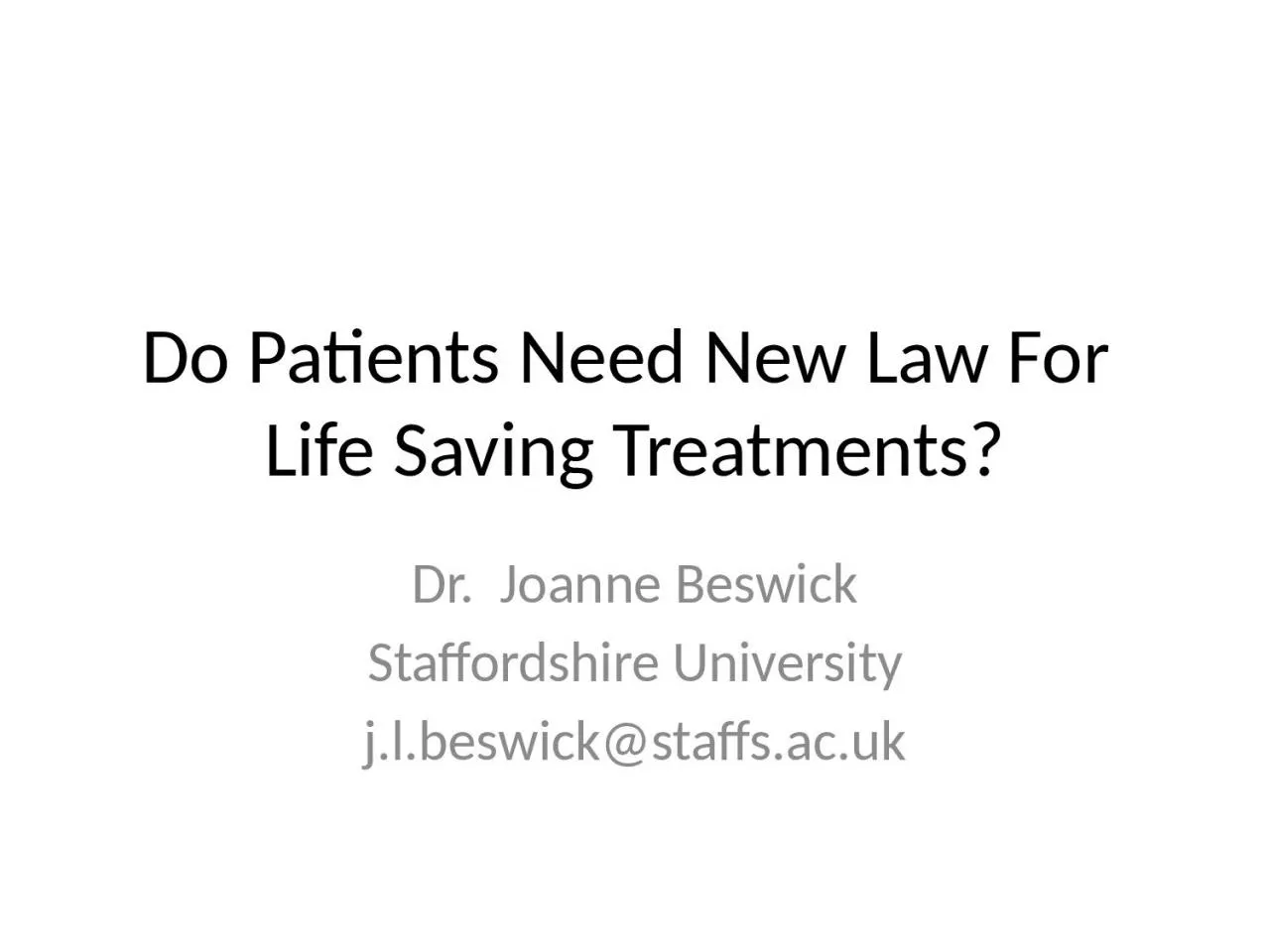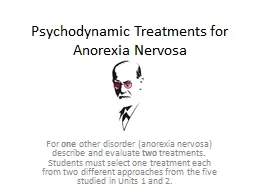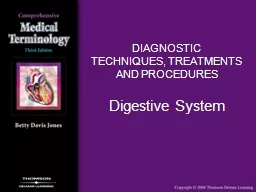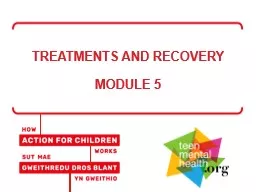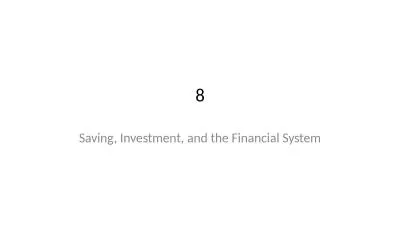PPT-Do Patients Need New Law For Life Saving Treatments?
Author : murphy | Published Date : 2024-02-09
Dr Joanne Beswick Staffordshire University jlbeswickstaffsacuk The Perceived Need for New Law The perceived need for a new law was at least partly driven by the
Presentation Embed Code
Download Presentation
Download Presentation The PPT/PDF document "Do Patients Need New Law For Life Savin..." is the property of its rightful owner. Permission is granted to download and print the materials on this website for personal, non-commercial use only, and to display it on your personal computer provided you do not modify the materials and that you retain all copyright notices contained in the materials. By downloading content from our website, you accept the terms of this agreement.
Do Patients Need New Law For Life Saving Treatments?: Transcript
Download Rules Of Document
"Do Patients Need New Law For Life Saving Treatments?"The content belongs to its owner. You may download and print it for personal use, without modification, and keep all copyright notices. By downloading, you agree to these terms.
Related Documents

